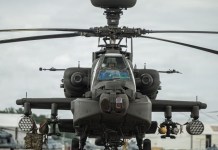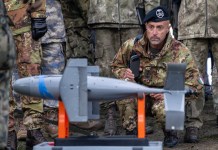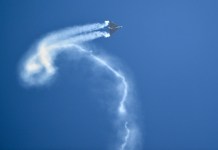Turkey has unveiled its indigenously developed AESA radar that will be integrated into the F-16 fighter jets, among other manned and unmanned aircraft in the Turkish Air Force.
In October 2021, Turkey requested the United States authorize the sale of 40 Lockheed Martin F-16 jets and almost 80 modification kits for its existing warplanes. However, the dilly-dallying from the US for the past year has frustrated Ankara.
The spokesperson for President Tayyip Erdogan recently announced that the process of the United States authorizing the sale of F-16 fighter jets to NATO member Turkey is progressing and could be completed in upcoming months.
However, Turkey seems to have taken upon itself the responsibility to upgrade its F-16 fleet with domestically built radars.
The president of Defense Industries, Ismail Demir, unveiled the new Aselsan AESA radar on November 10 and stated that the Turkish Air Force’s (TuAF) Lockheed Martin F-16 Fighting Falcon combat aircraft, the Akinci unmanned aerial vehicle (UAV), as well as the upcoming Turkish Fighter Experimental (TF-X)/National Combat Aircraft, will be retrofitted with the system.
“It is a radar project equivalent to the most advanced radars in the world at the moment,” Demir said at the event. While the F-16s have been in the Turkish fleet for decades, the delivery of Akinci UAV twin-engined UAV is just getting started. The TF-X/MMU is Turkey’s next-generation combat aircraft currently under development.
In March this year, a local Turkish portal informed that the F-16 active electronically scanned array [AESA] radar prototype developed by Aseslan was expected to be delivered by the end of this year. The report could not be corroborated at the time.

According to some sources, the development and integration of the AESA radar on the F-16 are one of the many upgrades in the modernization program undertaken by Turkey.
The single-seat C and twin-seat D variants of the F-16 are the cornerstones of the TuAF’s front-line combat aviation force. The domestic industry has conducted much of the upgrades on these fighters.
The need to upgrade the F-16 fighters becomes all the more important due to the growing might of the Hellenic Air Force with its acquisition of advanced fighter jets. Turkey remains locked in tensions with its Aegean Sea rival Greece, with the possibility of a spillover never being ruled out.
Much-Needed Upgrade
Even though Turkey has some of the best combat UAVs in the world, it trails the Hellenic Air Force regarding combat fighter jets. The Greek Rafales are equipped with ‘much superior’ AESA RBE2 radar for enhanced, long-range detection.
The RBE2 radar allows high levels of situational awareness with early detection and tracking of multiple targets, thus denying an aerial advantage to the enemy.
Speaking on a CNN Türk show, military editor and analyst Özay Şendir admitted that Greece is gaining a significant advantage with its new fighters.
Besides operating the advanced 4+ gen Rafales, Greece could also acquire the F-35 fifth-generation stealth fighter jets. It is only evident that Ankara is looking to add more teeth to its existing fighter fleet.
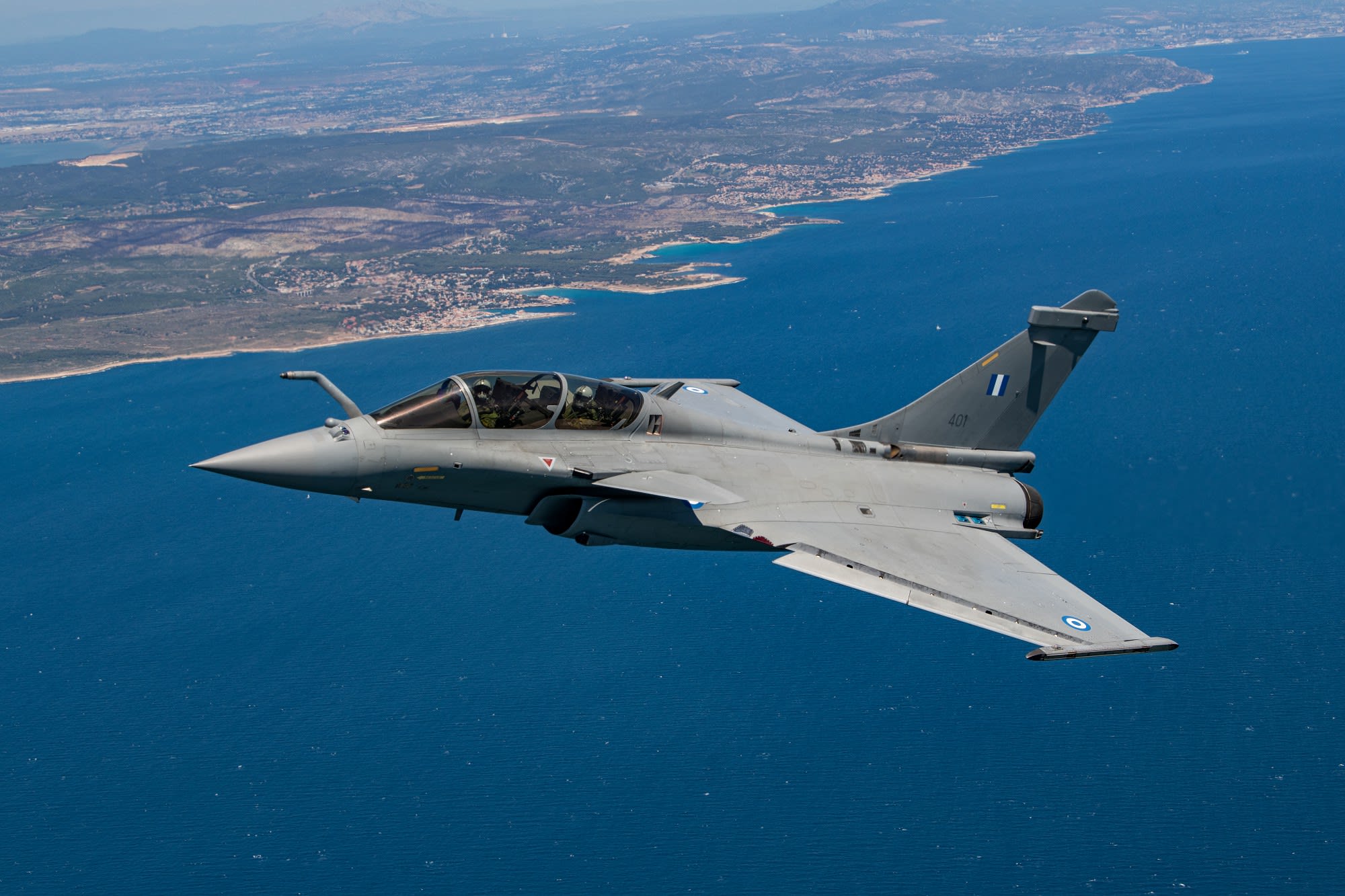
In June this year, the US Air Force and Northrop Grumman announced the conclusion of a significant modernization project that installed powerful new AN/APG-83 active electronically scanned array radars on 72 Air National Guard Block 30 F-16C Viper fighter jets.
At the time, it was informed these AESA radars, known as Scalable Agile Beam Radars or SABRs, were being ordered for hundreds more Air Force F-16s and other Vipers around the globe.
Announcing the breakthrough, Northrop Grumman’s Mark Rossi said, “It’s the closest thing an F-16 can get to F-35 performance within the limitations of the jet.”
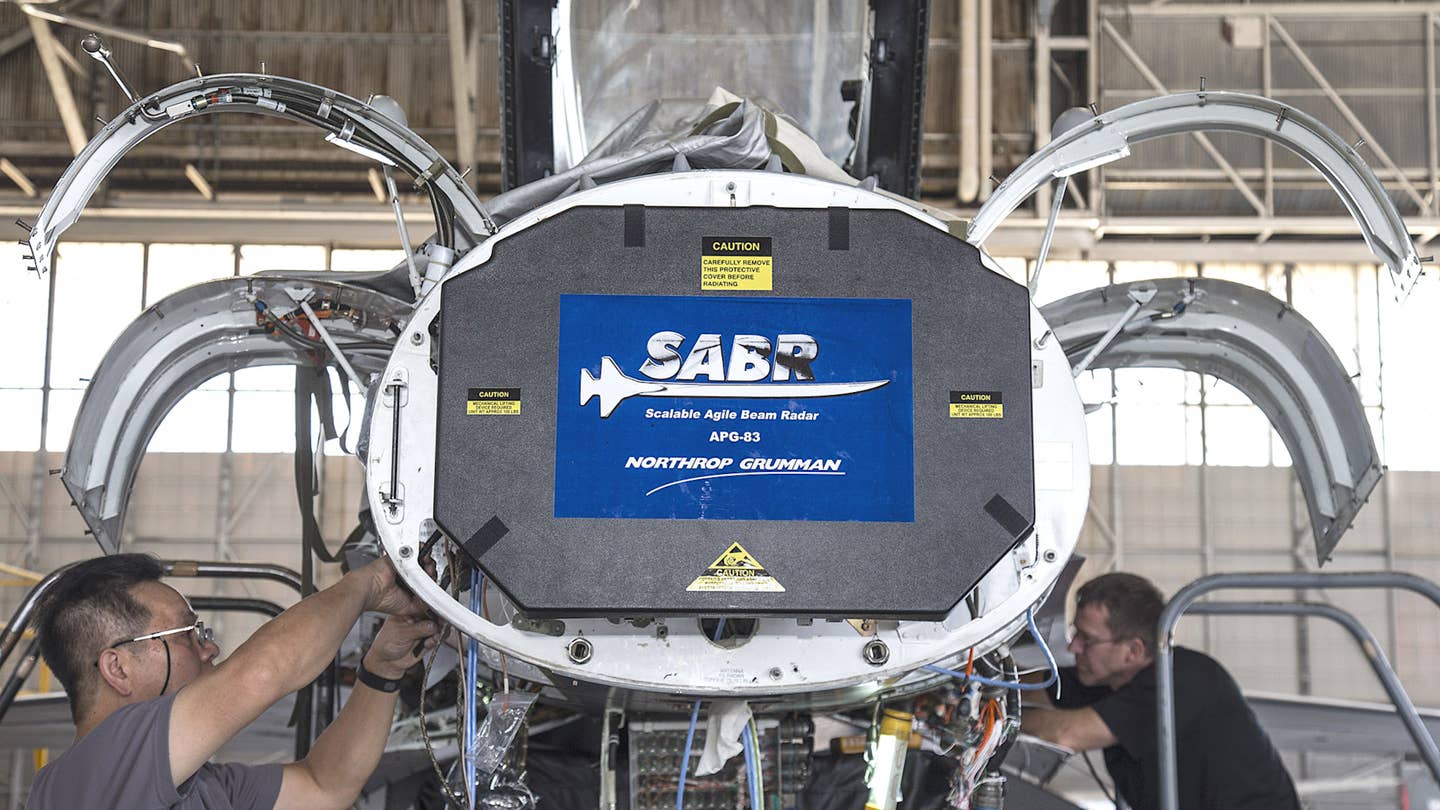
Any AESA would be a significant improvement for Air Force F-16C/Ds and other Vipers around the world.
In general, AESA radars provide substantial advantages regarding target acquisition speed, the range at which threats and potential threats can be detected, and the precision and fidelity of the ensuing tracks, especially for smaller objects. They are significantly more reliable, resulting in more “up time” and better jamming resistance.
AESA radars are produced indigenously only by a handful of countries, and now, Turkey has joined the elite club. With the US sale still uncertain, Turkey seems alive to its challenges and is consistently taking upgrades to face the ensuing Greek threat.
- Contact the author at sakshi.tiwari9555(at)gmail.com
- Follow EurAsian Times on Google News

